Cycling an aquarium is an essential process for any fish keeper. Establishing a stable nitrogen cycle in your aquarium is crucial before introducing fish. But what cycling method works the best and the fastest? Every fishkeeper has asked this question at some point in their life. Luckily, we conducted a cycling test to determine the most effective and efficient method to establish a stable nitrogen cycle in 10 new 65L Blue Planet Aquariums.
We used various methods to closely monitor the results and determine the most practical cycling method. Our test subjects included Seachem Stability dosing, frozen prawn, "mucky" water from squeezing out filter floss and sponges into the aquarium, established sponge filters taken from other aquariums, and an ammonia source (Dr Tims) as per bottle instructions. Each tank had five guppies added to it as the fish source. We conducted a test for ammonia each day for the first month, then relaxed the testing frequency as we noticed patterns occurring. In total, we used three API master test kits throughout this project.
The results of our cycling test were fascinating. Throughout the test, we made several random findings. Using mucky water makes a heck of a mess in the aquarium. Dr. Tim's instructions could be more precise after the initial dose. Using a fresh prawn creates a smell as it breaks down. Seachem Stability, as applied per bottle, was the least stable of all methods. We would like to set this up again with more tests to see if the results are the same.
Using pre-cycled media or filter muck was the fastest method. Neither showed signs of nitrite through the tests, and ammonia never got above 0.5 ppm (once only). There were never two days in a row with ammonia readings—increased nitrates after day 8 for pre-cycled media and day 15 for muck water. If using pre-cycled filter media, please try to source this from a reliable and trusted aquarium to avoid unwanted pathogens.
Using prawns created the highest amount of ammonia and nitrite for the most prolonged period, with 8ppm of ammonia and 2ppm of nitrite being constant for several weeks. If a water change were done halfway through OR a majority of the decaying prawns being removed, these numbers would not have been as high for as long. This method took as equally long to finish as the ammonia source. Nitrates increased after day 9.
Dr Tims produced ammonia from day one, as to be expected, then peaked after day 3, then suddenly spiked again (for reasons unknown) and dropped off to a constant 1ppm. 1ppm of ammonia was maintained for three weeks with no drop in readings. After 19 days, nitrite spiked to 0.25ppm; it stayed there for three days, then dropped to 0ppm again, but with 1ppm of ammonia still present, we did not add any fish to the aquarium, as it was considered unsafe. This method took as long as the prawn method to cycle an aquarium. Nitrates increased after day 8 in one tank and day 15 in the other.
Stability was the most unstable of all of the test subjects. Both aquariums fluctuated between 0.25ppm and 0.5ppm before one spiked to 1ppm, then 2ppm, while the other fluctuated between 0.25 and 0.5ppm. Nitrite showed similar results in both aquariums, fluctuating from 0.25-1ppm, with no constant pattern during this. It's worth noting that nitrite was detected on day 4 when we began testing nitrite, but this was gone by day five and did not return until 14 in one tank and day 17 in another. Stability was the only aquarium to have a fish die in it. Nitrates increased after day 9 in both tanks. We lost one fish over the test period, and this was in one of the Stability aquariums.
Conclusion
From the results of our cycling test, it is clear that the most efficient and effective method for establishing a stable nitrogen cycle in an aquarium is to use pre-cycled filter media or filter muck. This method proved to be the fastest with minimal fluctuations and a swift establishment of the nitrogen cycle. While traditional methods such as using frozen prawns or Dr Tims's ammonia source showed promise, they took longer to cycle the aquarium due to ammonia spikes. Seachem Stability, on the other hand, showed fluctuations and proved to be the most unstable of all the test subjects. In conclusion, if you want to establish a stable nitrogen cycle in your aquarium, use pre-cycled filter media or filter muck as it is the most efficient and effective method.
To be noted, we have nitrate in our source water supply.




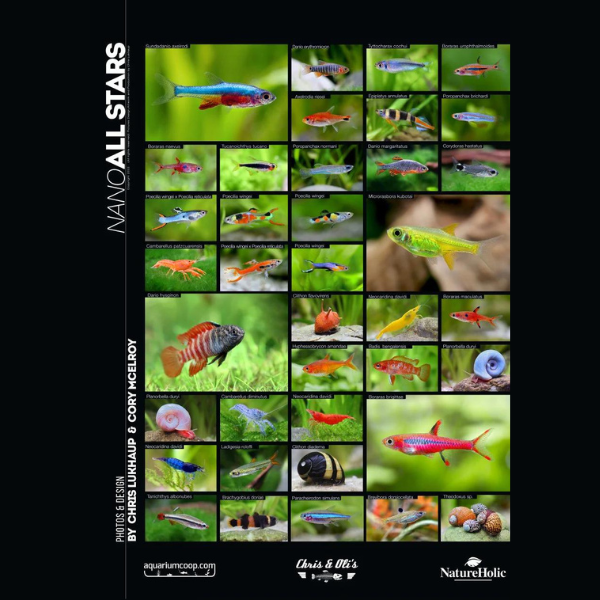
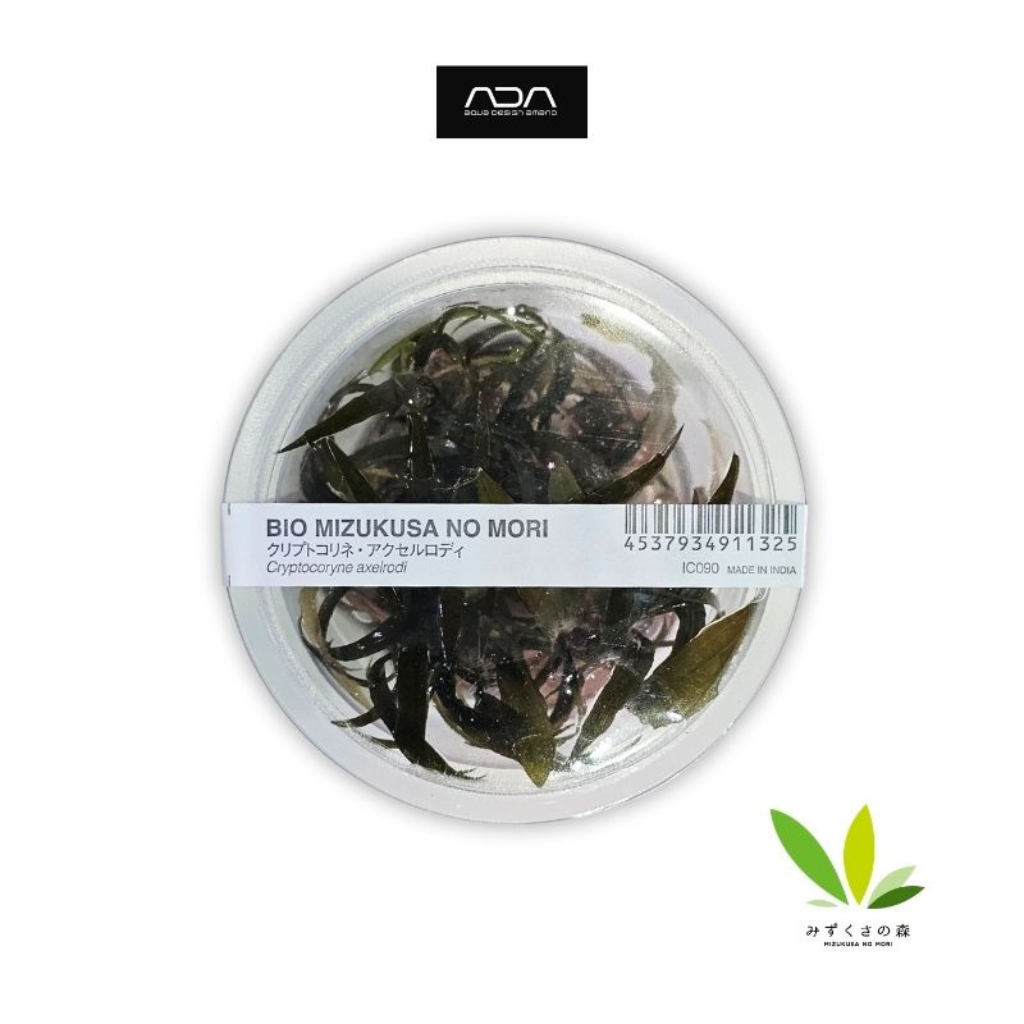
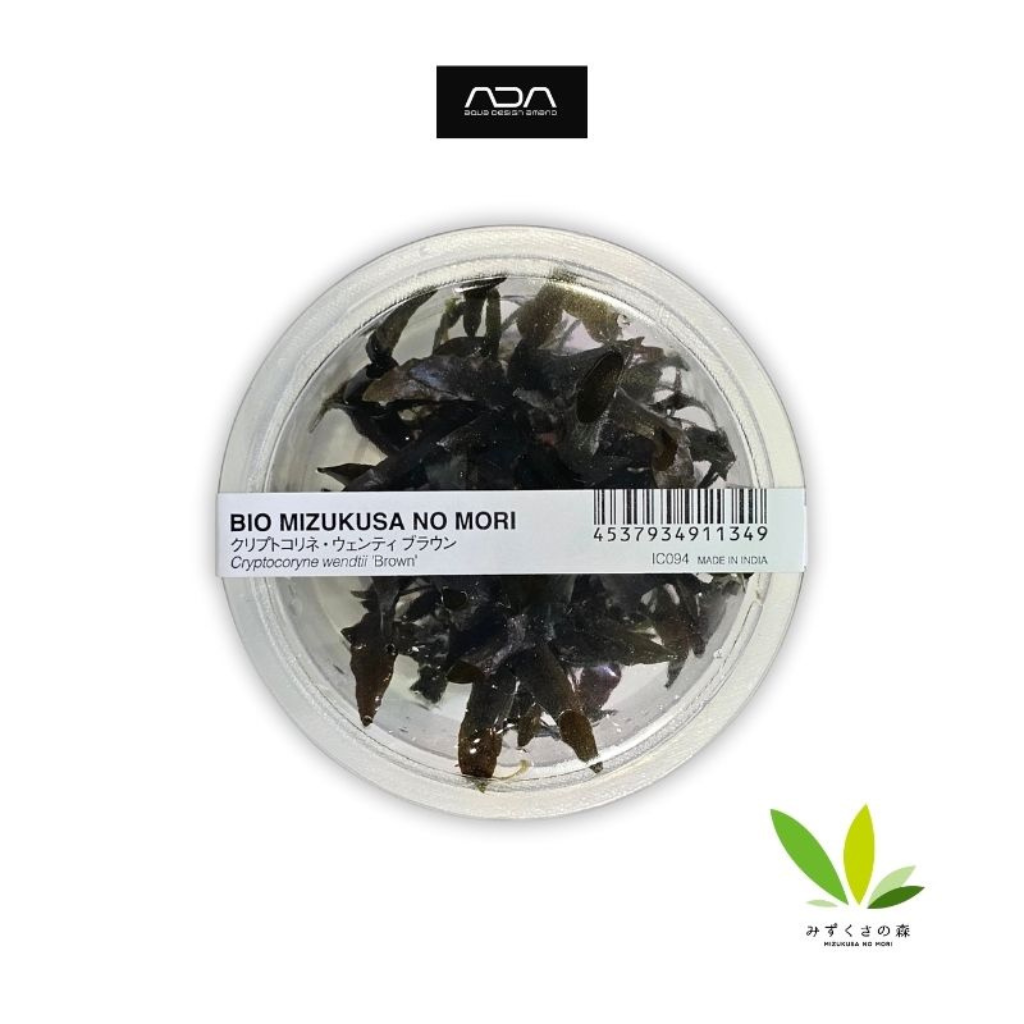
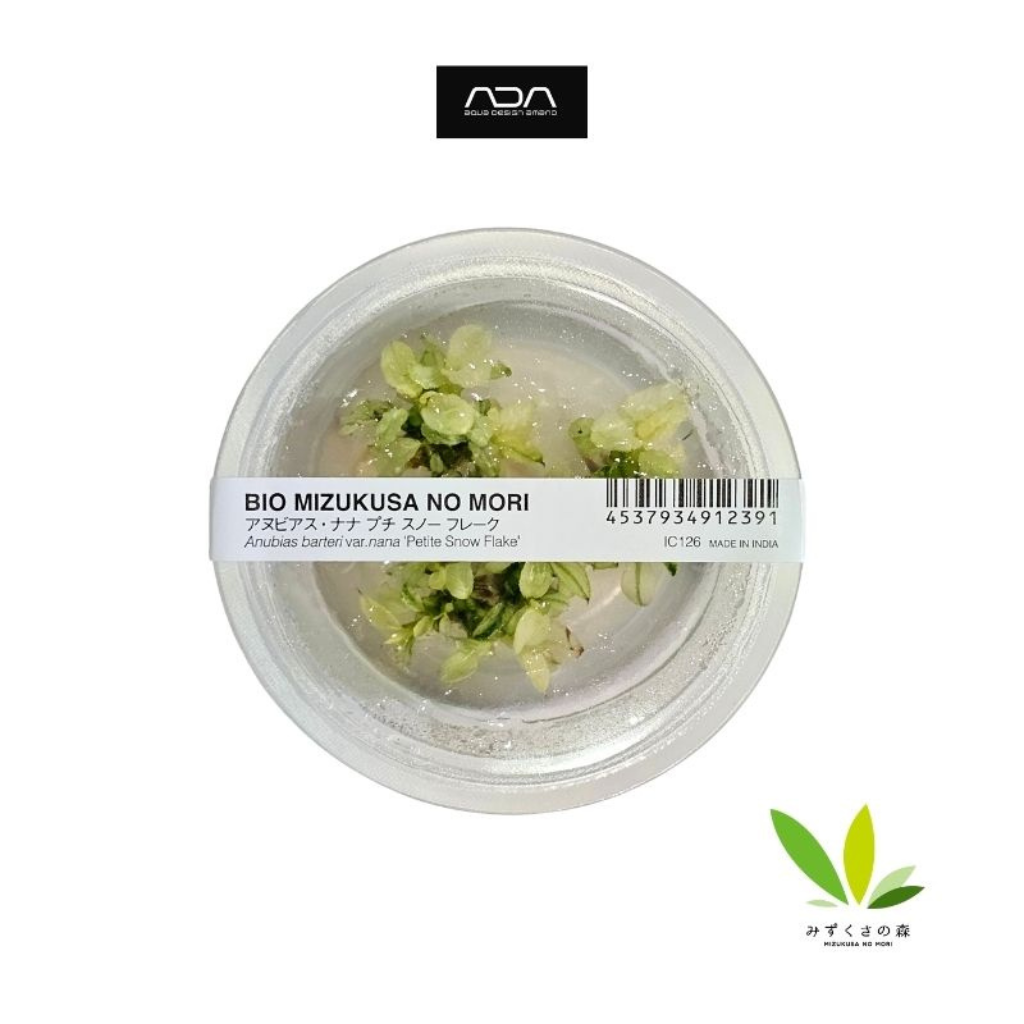
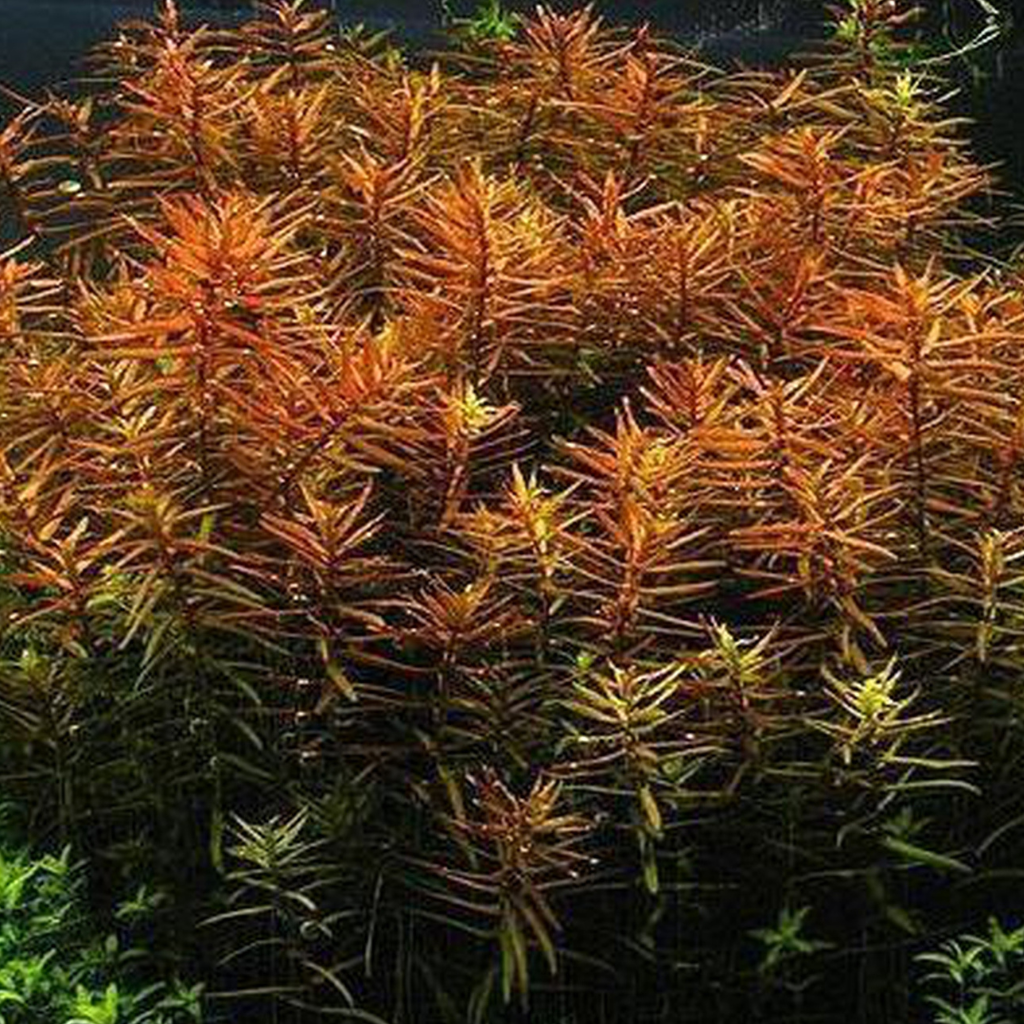
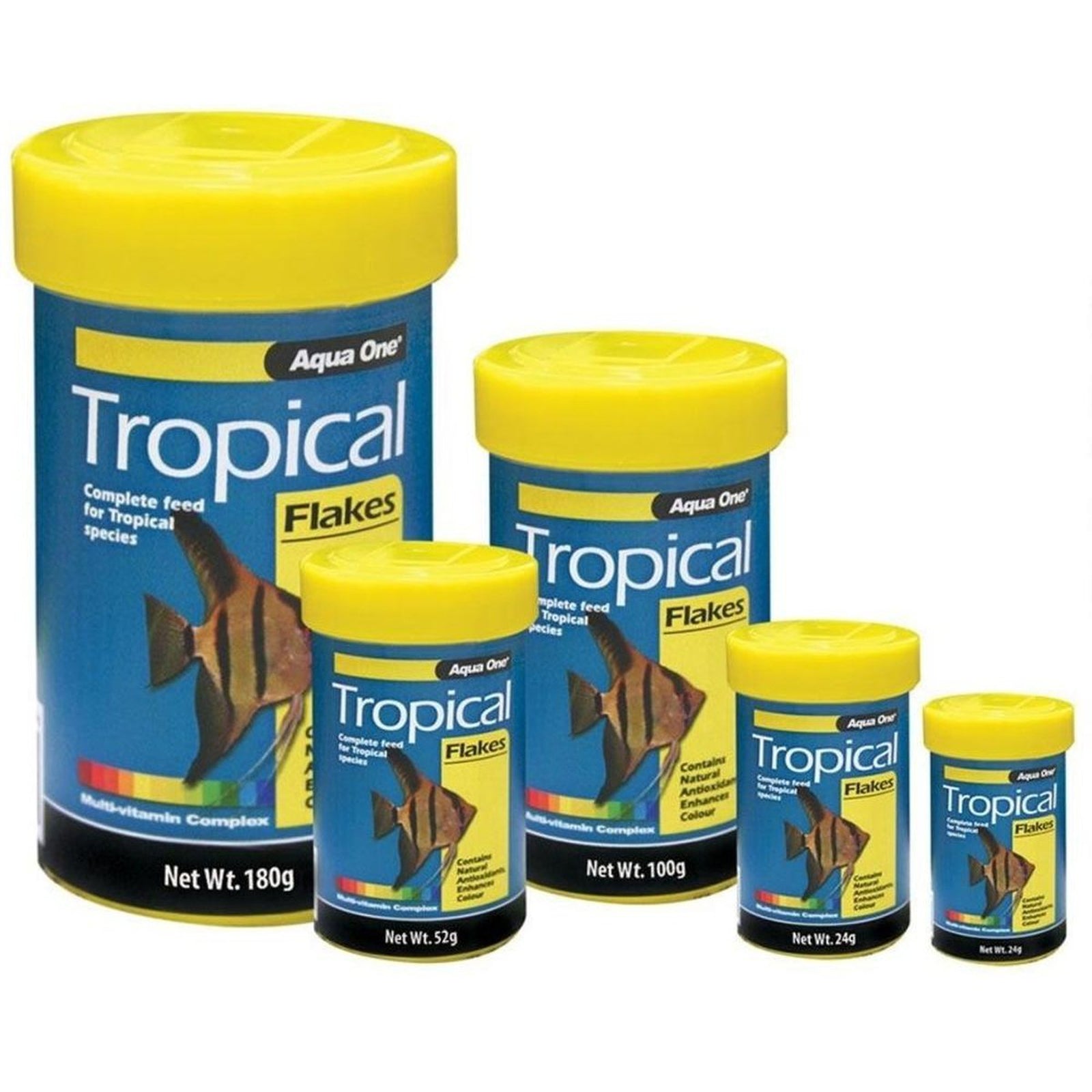
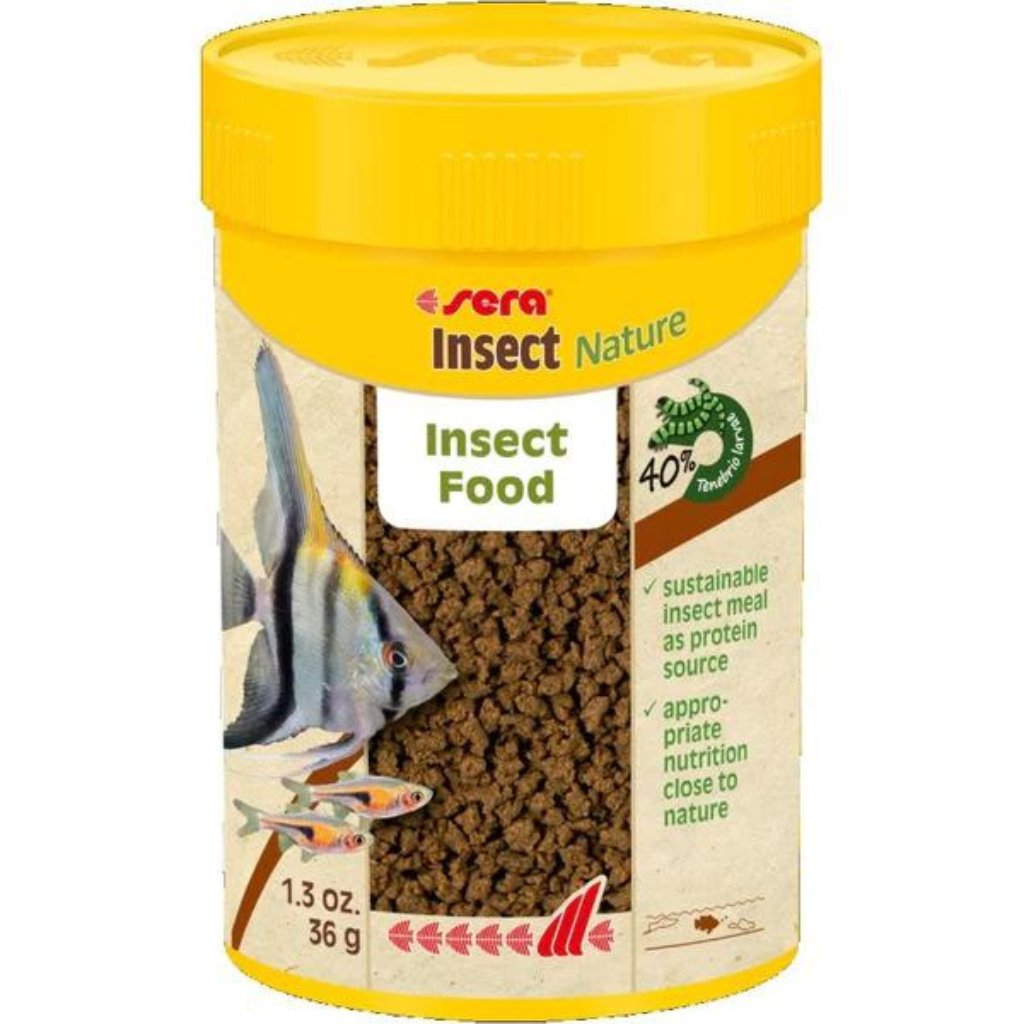
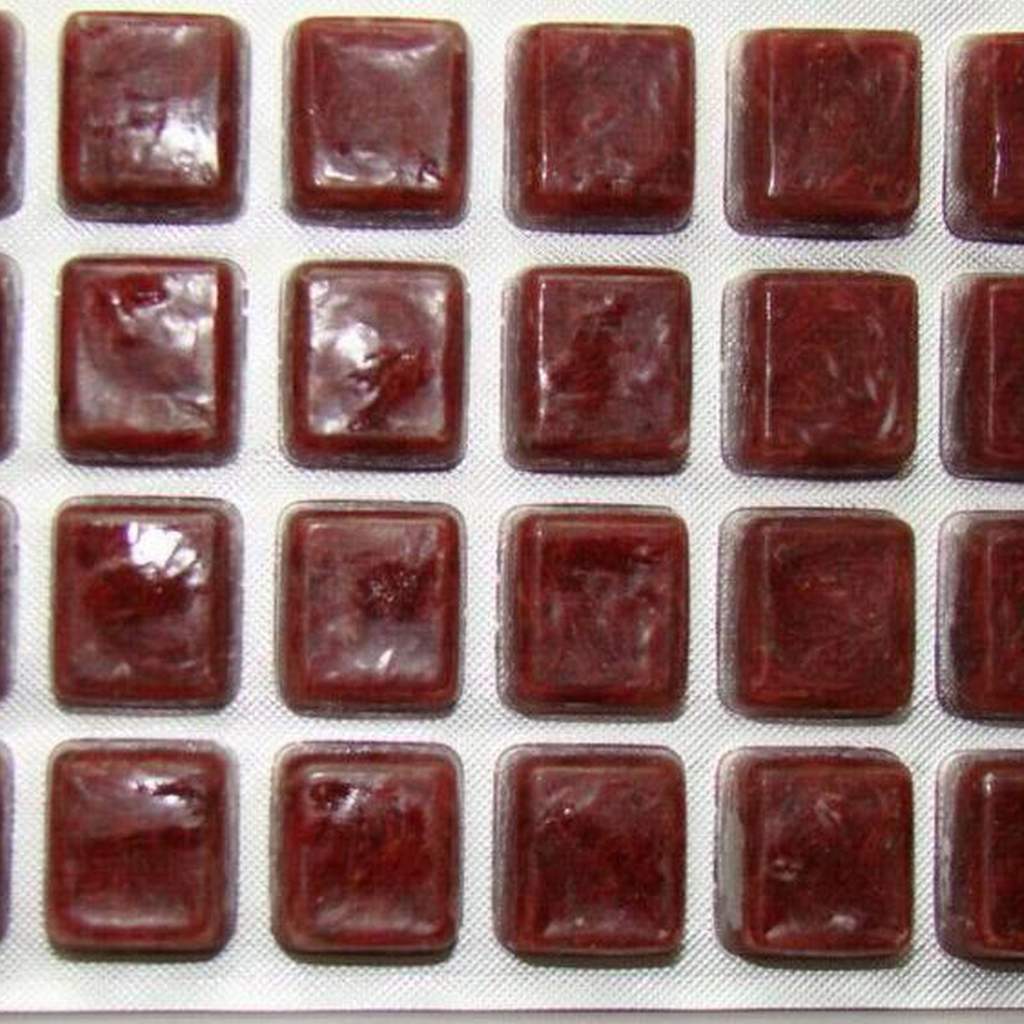
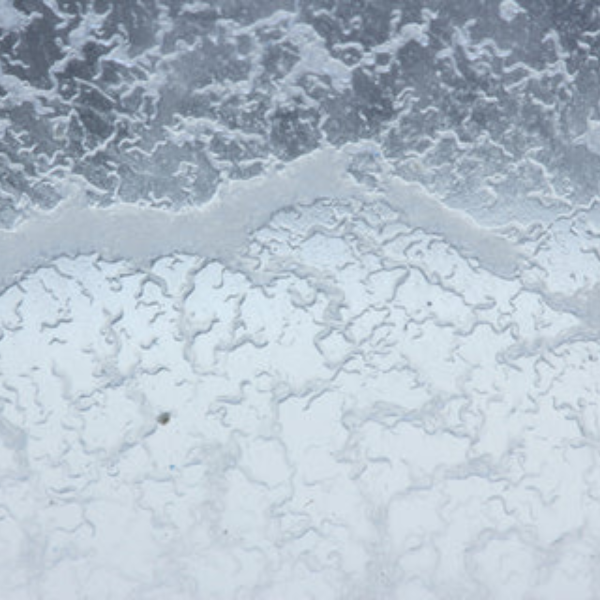
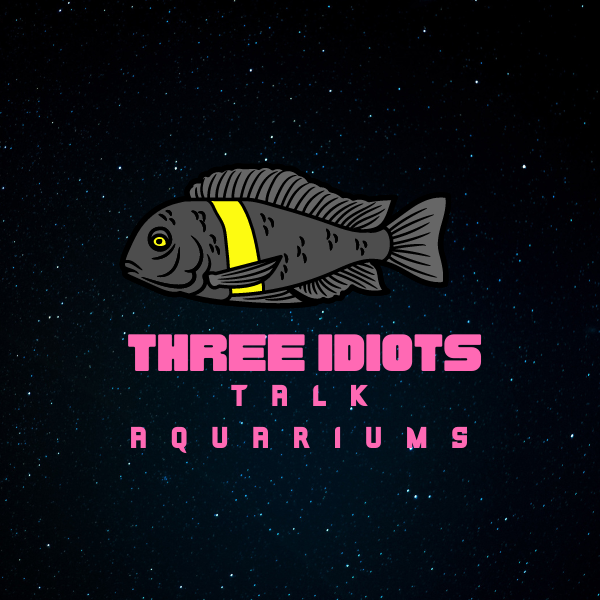
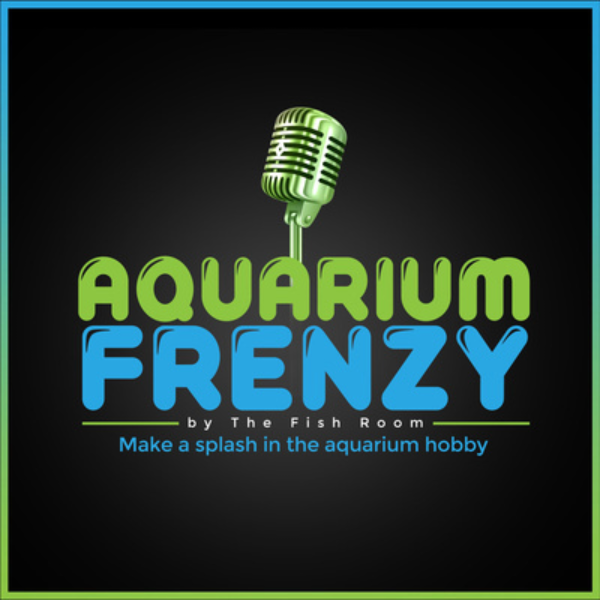
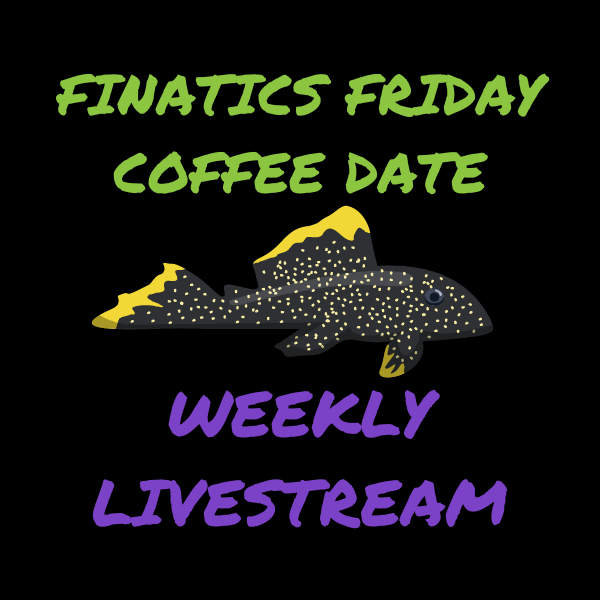

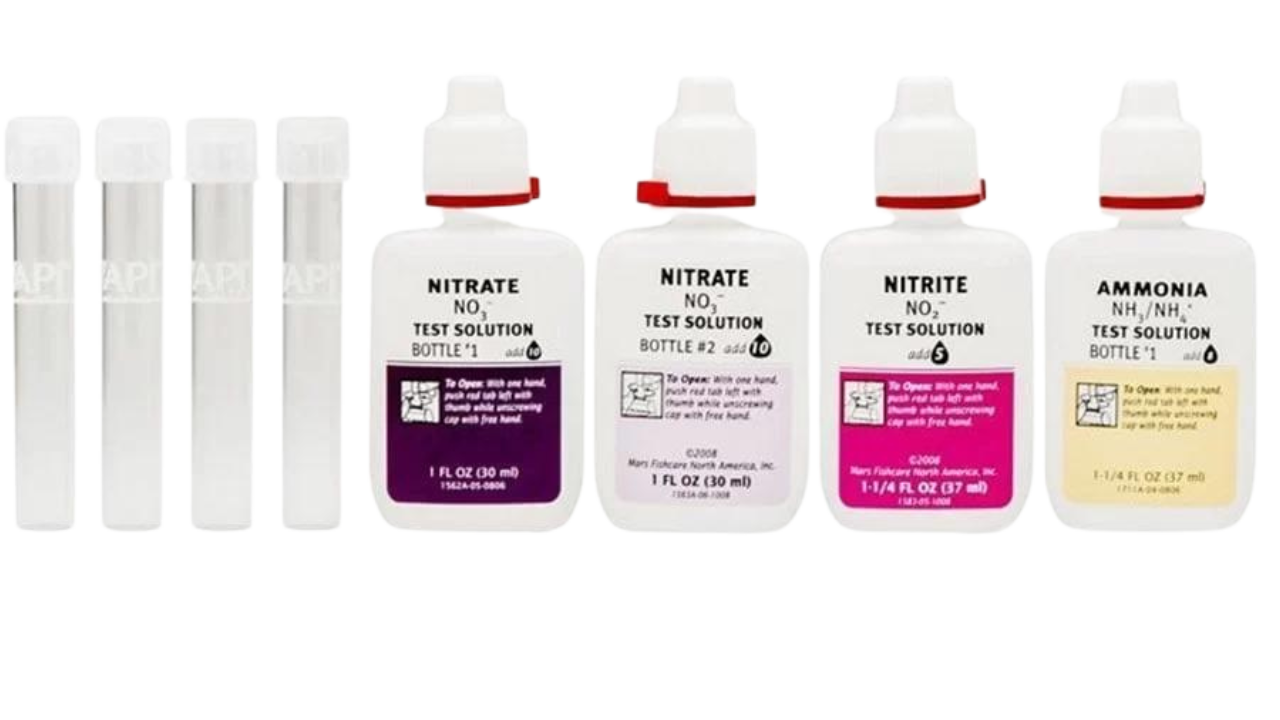
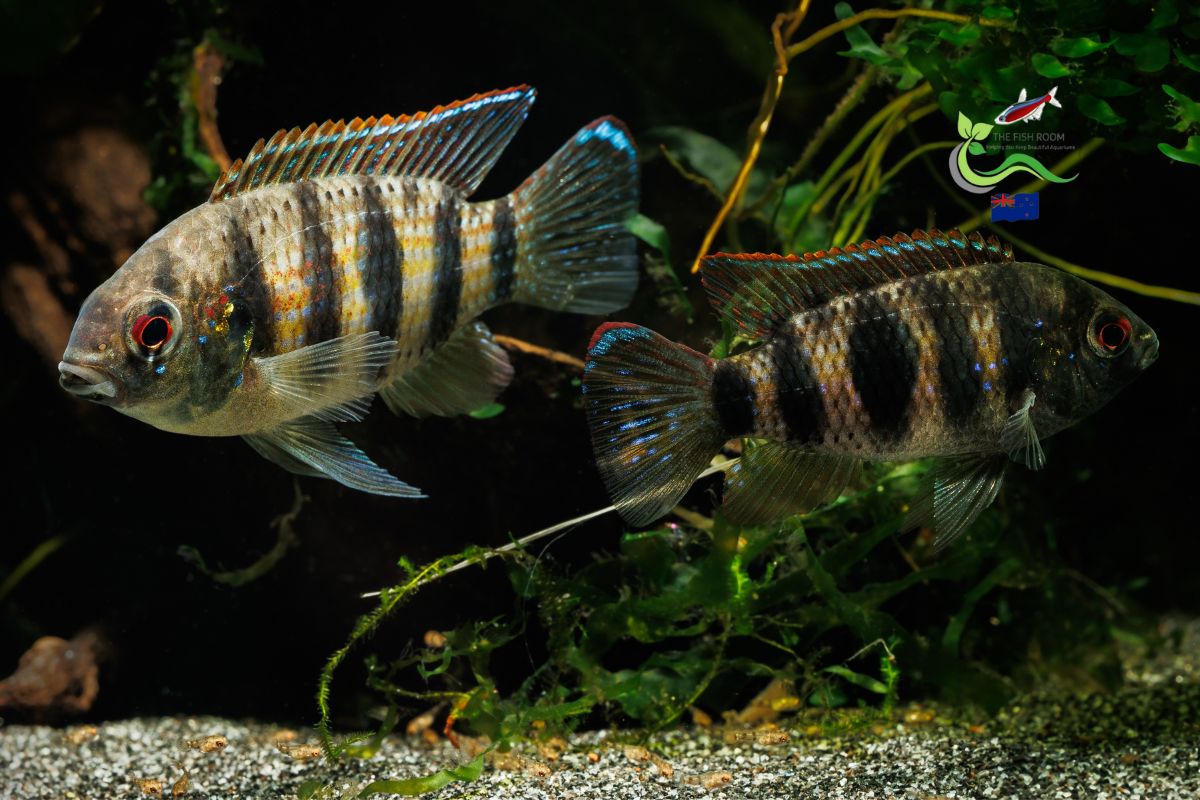
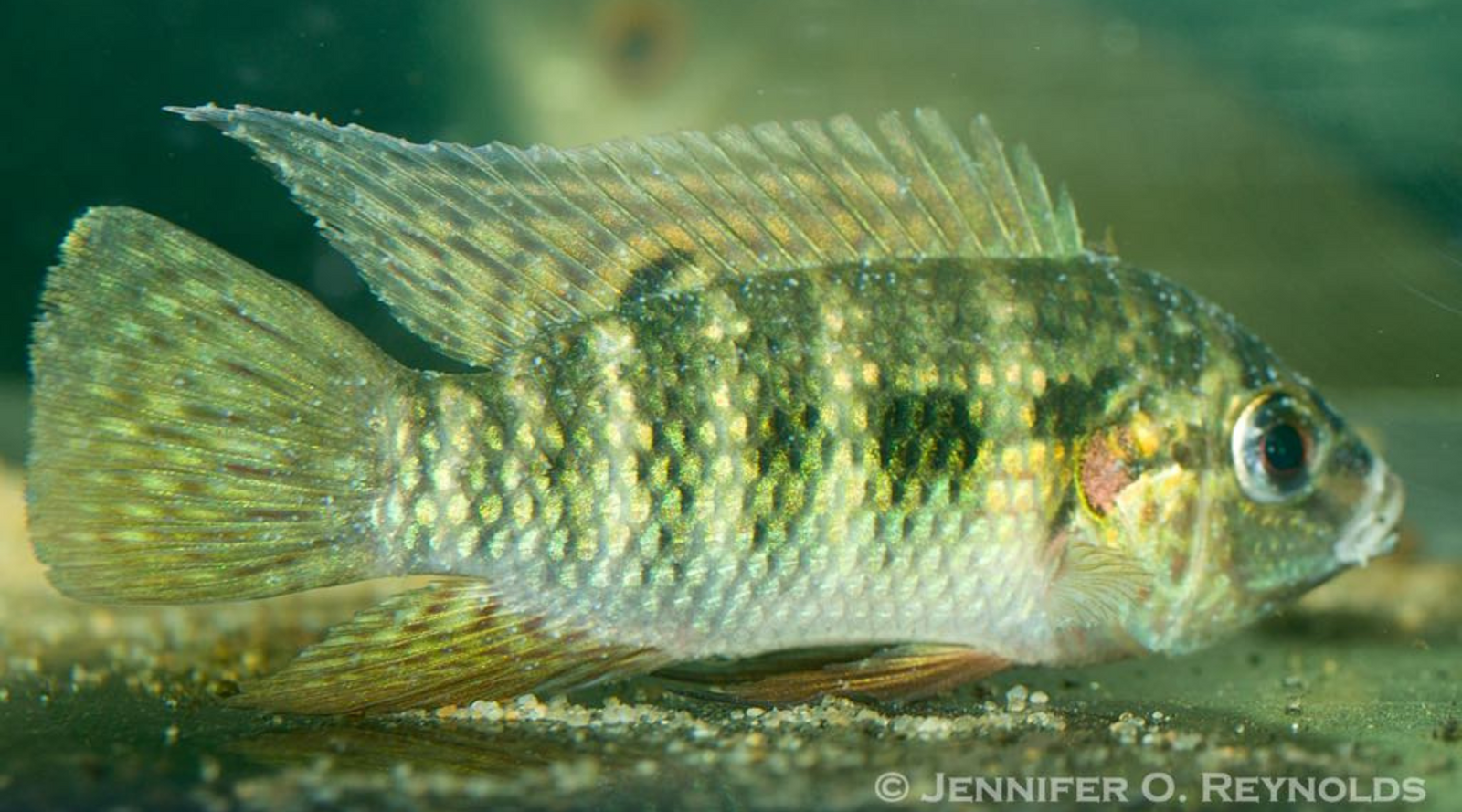
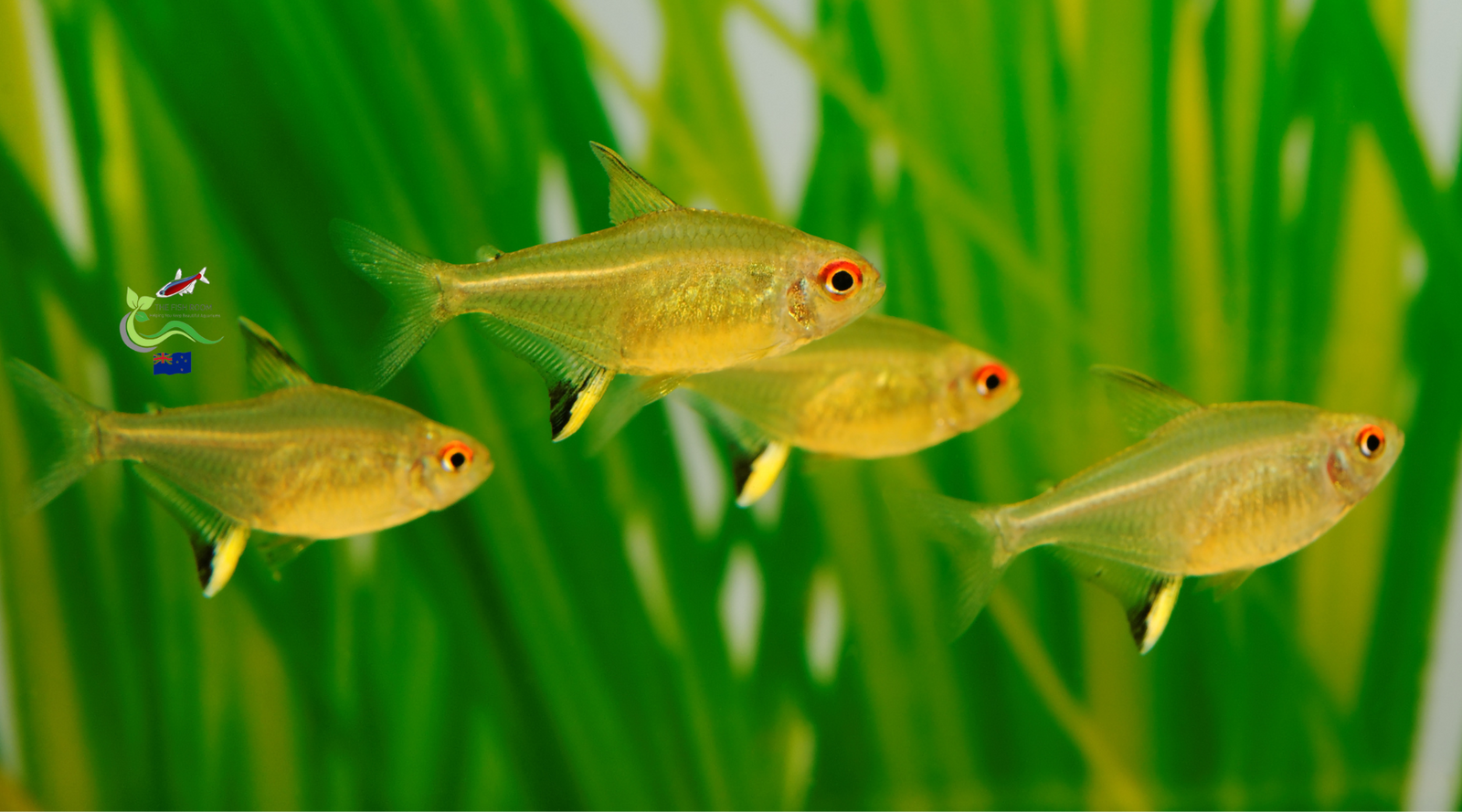
Brian
April 28, 2024
Next sample round. Can you also please compare API QuickStart. Cheers